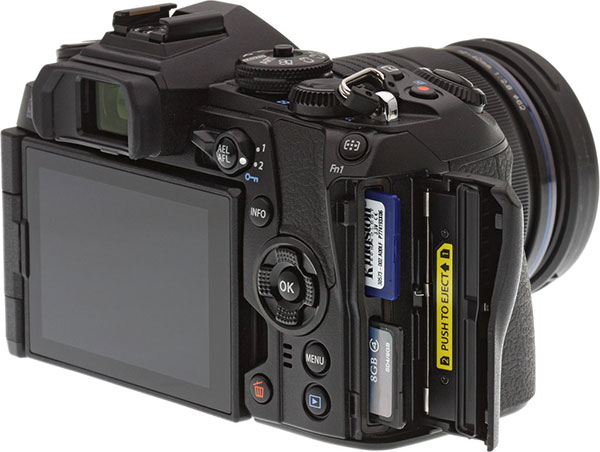Preparing for the worst: A four-step photography backup workflow
posted Monday, March 13, 2017 at 11:25 AM EDT

You surely have heard about the importance of backing up your images before. After all, data loss is a harsh reality that many of us will face at one point or another. It’s important to prepare for it before it happens because if you wait until you lose files, you’ve waited too long. Dylan Goldby has written about his four-step photography backup workflow for Fstoppers and it does a great job of simplifying the backup process.
He typically shoots between 5,000 and 10,000 images per month, so he has opted for a manual backup workflow. If you don’t shoot a ton of images, this system may work very well for you too. His backup process starts at capture. If you have a camera with dual card slots, a feature that is increasingly common with mid-range and high-end cameras, Goldby recommends utilizing the second slot as a backup. Memory cards are very reliable, but they can fail, so take advantage of dual slots if you have them.
As soon as he returns to his office, Goldby imports images into Lightroom. While the images are importing, he immediately starts backing them up to a specific folder on Dropbox. Any sort of cloud backup works, but Goldby has had the best luck with Dropbox. After the images have been stored on the cloud, Goldby formats his secondary card. At this point, he has two local copies of his files (one memory card, primary local hard drive) and a cloud copy (Dropbox).

The next step is to back the files up locally. He keeps roughly two years worth of images into what he calls “yearly catalogs.” These are backed up once a month. He also creates backup Lightroom catalogs using the software’s “Import from Another Catalog” function. To read more about this and Dylan’s final backup step, head over to his article.
Naturally there are many different backup options. Personally, I have local files on two different drives, both of which are set up with some level of redundancy, and I store backups of original files on the cloud. If an image takes me a considerable amount of time to finish, I’ll also backup the final processed file. Additionally, I have originals stored on a hard drive which is located off-site should something ever happen in my workspace. I typically cycle through memory cards such that if anything happens during the initial backup process, I still have local copies on cards for a few weeks.
Readers, what are your photography backup workflows? Have you ever lost data? Let us know in the comments below.
(Via Fstoppers)